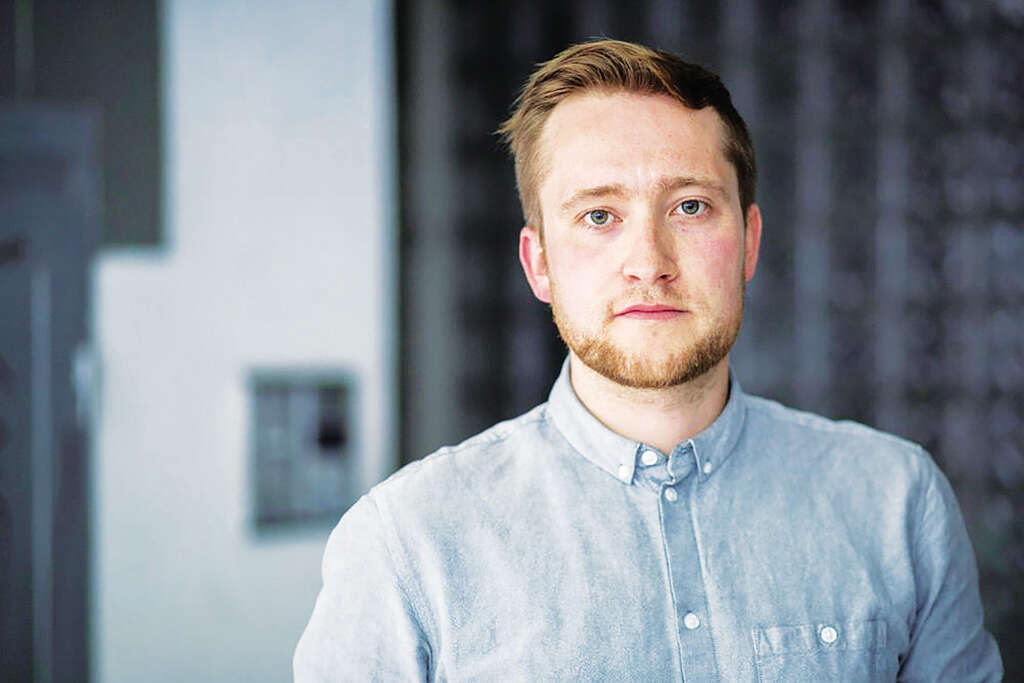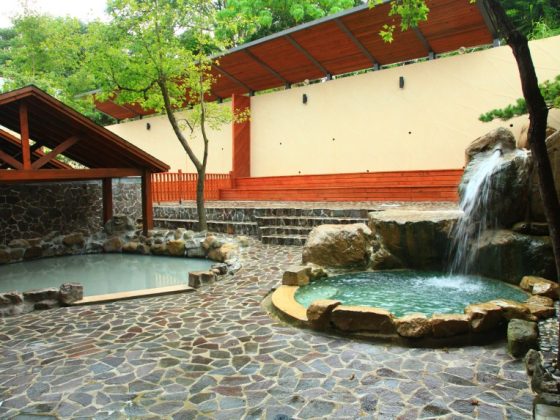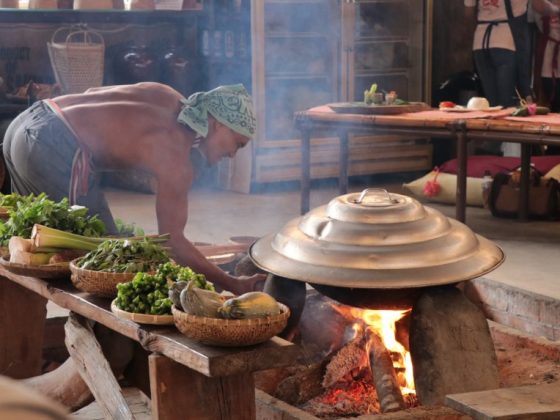WORDS BY Adam Hopkins
PHOTOS BY Flaneur, Taiwan Scene, Tomáš Benedikovič
A single street can tell you a lot about a city, and nobody knows that more than Fabian Saul, editor-in-chief of Flaneur Magazine. Founded in Berlin in 2013, Flaneur is an independent, artistic publication that focuses on one street per issue, highlighting the street’s layers, complexity and fragmentation. In their own words, the magazine is collaborative, impulsive and unconventional. Utilizing artists across a variety of disciplines, Flaneur “attempts to use a single microcosm to tell universal stories.” We chatted with Saul following his residency at Taipei’s Treasure Hill Artist Village (寶藏巖國際藝術村) and ahead of the release of the latest issue of Flaneur, which will be all about Taipei. (Read more about Taipei: 6 things to do in Taipei that should be on every visitor’s bucket list)

Q1: What Motivated You to Establish Flaneur Magazine?
Flaneur started six years ago as a collaborative project in Berlin. Initially, we depicted one street in Berlin. The street was located in a part of town that wasn’t familiar to some of us. It felt like a different city and we were traveling to a new place in order to do the magazine. Then, to others, it was a street synonymous with their childhoods, so walking down it meant tracing all kinds of different memories. We decided to invite other artists from different disciplines to add their perspectives. Since then, we have done issues on streets in Leipzig, Montreal, Rome, Athens, Moscow, Sao Paulo and now Taipei.
Q2: What’s the Concept/Vision of Flaneur?
We are interested in the historical, social and aesthetic layers of the place and like to discover them by actually being there rather than researching from a desk. We spend many months on location and form a network of contributing artists that work on what the street has to offer both individually and collectively. Often, there is a strong connection to local communities and local storytellers.
We are not a travel magazine that takes the reader by the hand and shows them the nicest places or sights. The process of walking the city and discovering its hidden and often invisible layers, could lead to much darker places. The magazine is a platform where the different spatial experiences of participating artists form a multi-perspective view of the street.
Q3: Why Did You Choose to Cover Taipei for Issue 8?
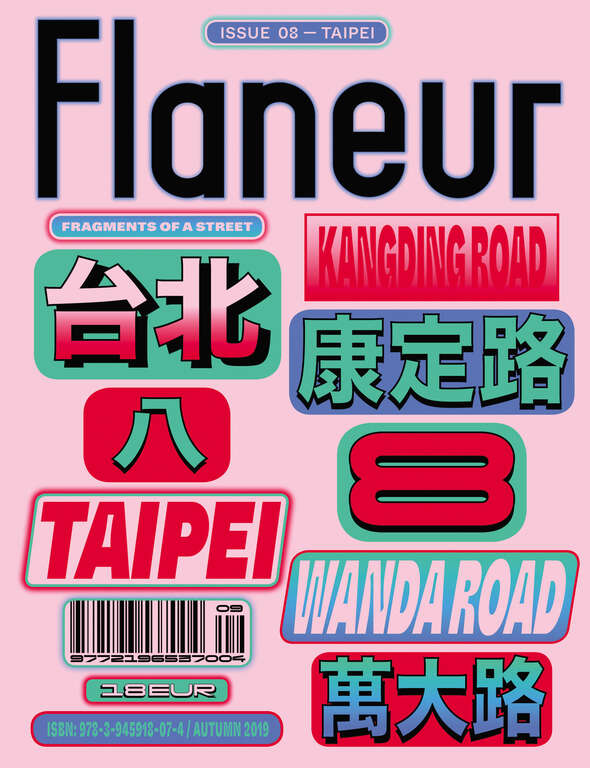
There are always certain places that interest us, and Taipei was one of them. Then there needs to be an initial moment that feels like an invitation — and the opportunity to do a residency at Taipei Artist Village felt like that invitation we were waiting for.
Q4: How Will You Introduce Taipei to Your Readers?
Many international readers might not have a set idea of what Taipei looks like. In some ways, it is not on the map, so to speak, despite being one of the most progressive places in Asia. With the fantastic Taiwanese contributors in this issue, we hope to shed light on the mesmerizing layers of Taipei City. (Explore Taipei with Taipei Bicycle, Metro & Walking Tour)
Q5: How Does Taipei’s Art Scene Differ from Berlin’s and Those of Other Major Cities?
The art scene in Taipei feels very interconnected. After a couple of weeks, we started to form networks across different disciplines, social groups and age groups. That kind of dense, interdisciplinary network is harder to establish in a larger, more fragmented cultural landscape such as Berlin. Taipei, thanks to its inviting vibe, felt very familiar to us very quickly.
Q6: Could You Share Your Experience as an Artist in Residence in Taipei?
Treasure Hill as a starting point for traversing Taipei was very helpful in establishing initial connections with the city. This place reflects so many layers of Taipei; it sparked much inspiration. Of course, we have to be aware of the role of the artists from Treasure Hill that are helping to save the place — the Artist Village helped protect the area from demolition — but on the other hand, due to gentrification, are making Treasure Hill, as it once was, vanish. On a different level, Treasure Hill is also an important root of water infrastructure in the city and it led us to closely following Taipei’s rivers. (Another artist who lives in Taipei: Breaking into the Mainstream: Meet the Spanish B-boy Helping to Grow Hip-hop Dance Culture in Taipei.)
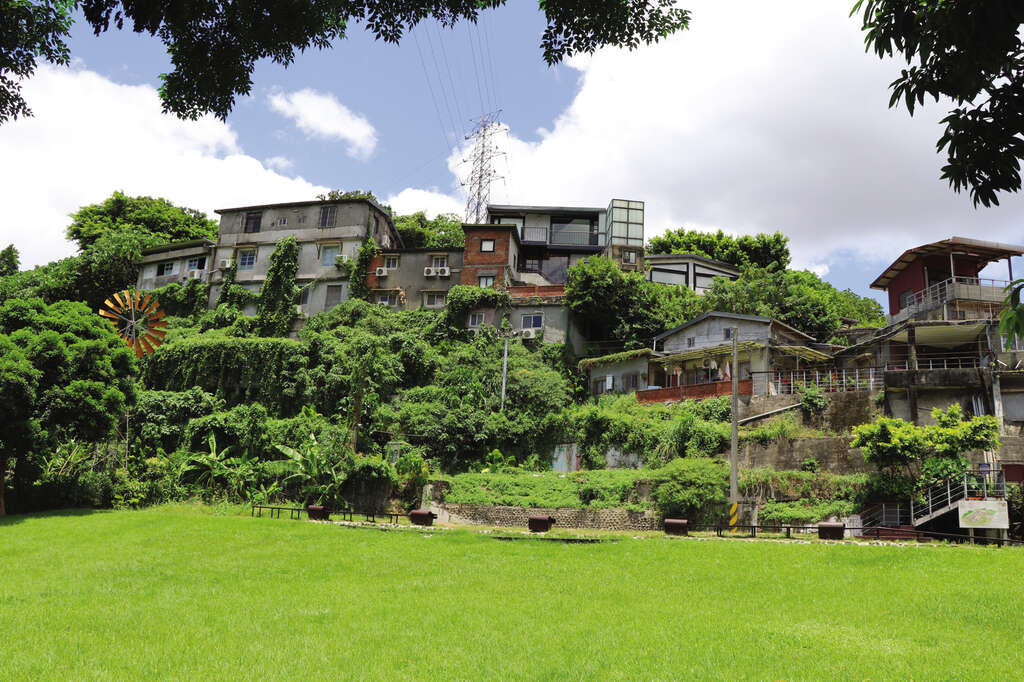
Q7: What Was Your First Impression of the City? Did It Change After Visiting Taipei?
Before coming to Taipei, the most prominent image of the city was Taipei 101, which isn’t an accurate reflection of the city’s actual urban fabric. After spending time in Taipei and especially in Wanhua, known as the oldest part of the city, I can tell there are many historical layers that can be traced back to the different periods of development. While the grid street plan is left in the north of Wanhua from Japanese city planning, the south remains a more organic development of small alleyways with many temples, which resonate with the diversity of the area.
Q8: You Chose to Conduct the Street Research in Wanhua District. What Were Your Thoughts About This District?
To me, Wanhua District is a lot like the root of this place’s relationship with the water. Xindian river runs by the west of Wanhua and illustrates the city’s proximity with the mountains. It flows into Tamsui river before heading to the ocean, which also makes it a key trading route. These days, Wanhua is perceived as the edge of the city. But during our time working on Kangding Road (康定路) and Wanda Road (萬大路) , we understood that Wanhua in many ways is the gate to Taipei City. A lot of what this area provided and provides goes unseen, and while the city gentrifies slowly but surely, talking about Wanhua also means talking about the places in Taipei that may soon vanish. It is a conversation that is based on the stories from the past, gets actualized in the present and concerns Taipei’s future.
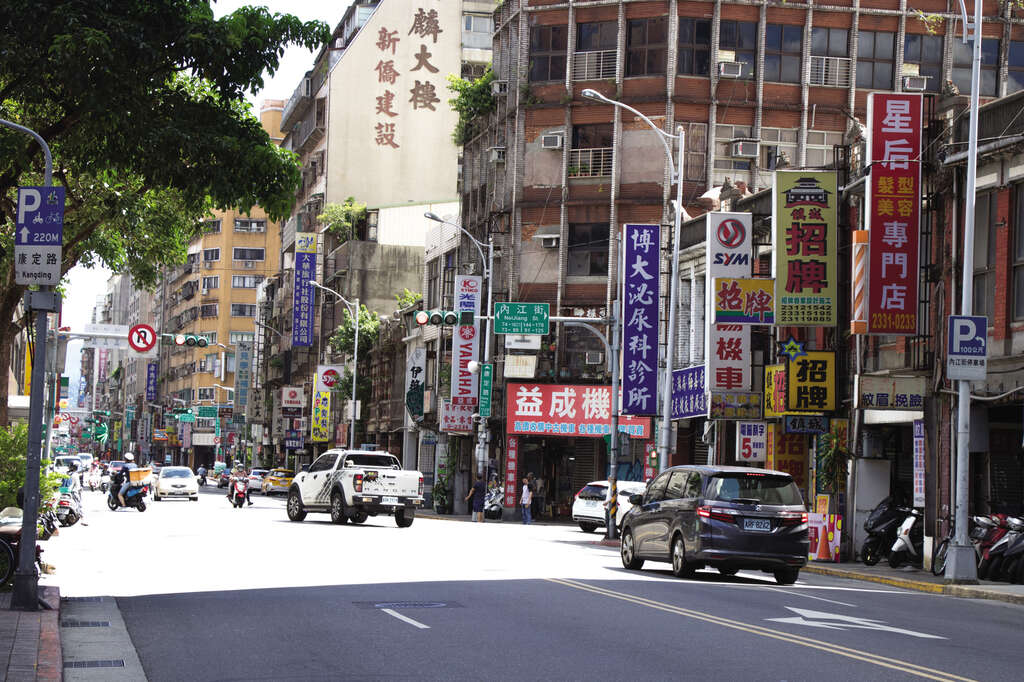
Q9: What Are Three Must-See Places in Taipei for First-Time Visitors? And How Would You Recommend People to Discover the Local Art Scene?
I think that as a contrast to the center, it is important to go to the riverbanks at Dajia Riverside Park (大佳河濱公園), especially in the evening. This puts things in perspective. I also believe that the MRT Longshan Temple station (捷運龍山寺站), the smaller local night markets in Bangka, and Nanjichang Night Market (南機場夜市), are important places to understand the cultural and economic geometry of this city. (You might also like: Seven Taiwan Night Markets Everyone Needs to Visit)
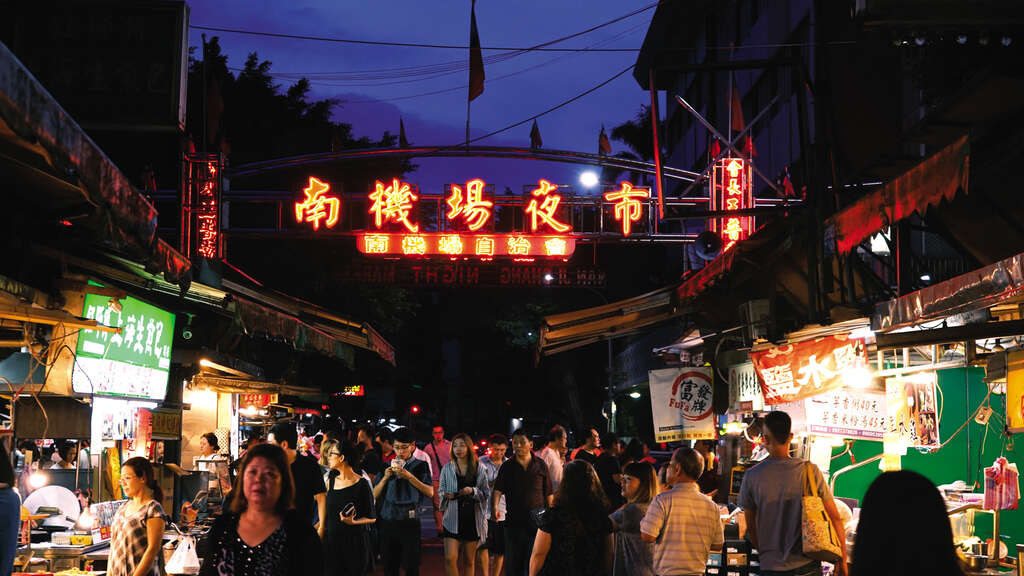
The strength of Taipei’s art scene is not made by one institution but the network of people that make it happen. Make sure to make time to spend some days walking the arcades of Taipei. Despite the weather, Taipei is a very walkable city and an inviting place to be discovered by foot.
This article is reproduced under the permission of TAIPEI. Original content can be found at the website of Taipei Travel Net (www.travel.taipei/en).

